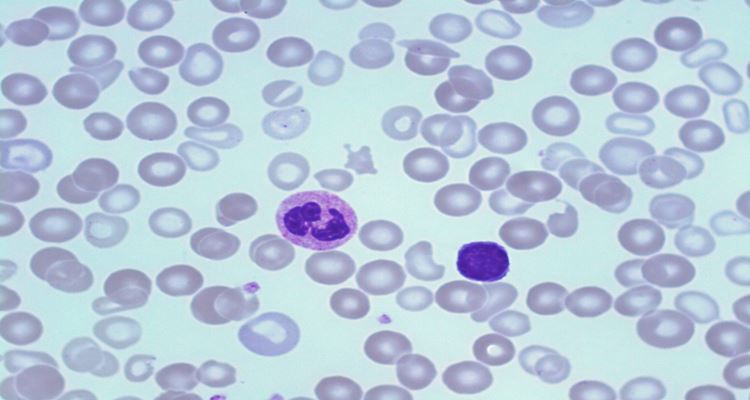LYMPHOCYTES LOW – Are your lymphocytes at a high or low level? It depends but this is the normal range for adults and children.
Experts suggest that the level of a person’s lymphocytes depends because it is affected by certain factors like age, race, sex, altitude, and lifestyle. There is no specific number to keep the body in a healthy condition but this is the normal range for adults and children.
Lymphocytes – What Is Lymphocytes, Their Function and Definition?
What is the meaning of lymphocytes and this word’s definition?
LYMPHOCYTES – The immune system is a network of immune cells and part of it is the lymphocytes, and this is the function of this.
The immune system is a large complex network of immune cells, organs, white blood cells, proteins (antibodies), and chemicals. They all work together to help the body fight infections, illnesses, and diseases caused by foreign invaders like bacteria, viruses, parasites, and fungi. Your immune system works to keep these invaders out of the body, destroy them, or limit the harm that they can cause.

And among the members of its networks are lymphocytes – a type of white blood cell. They hold a significant role in fighting diseases and infections.
Its two main types are:
- T lymphocytes (T cells) – this is the type that controls the immune response and attacks and kills the infected cells directly. T cells need other immune cells to be activated and after they are activated, they multiply and turn to other different types with specific roles such as Cytotoxic (killer) T cells, Helper T cells, and Regulatory (suppressor) T cells.
- B lymphocytes (B cells) – this is the type that makes antibodies and these antibodies are targetting these various foreign invaders.
This type of white blood cell is found and developed in the bone marrow. After maturity, they exit the bloodstream and spread in our blood and all parts of the lymphatic system. Its size is microscopic but bigger than a red blood cell.
Regarding the levels, it can change depending on your age, race, sex, altitude, and lifestyle. According to a post from Medical News Today, “there is no specific number necessary to keep the body healthy”.
However, keeping the levels in the normal range is important. The normal range is between 1,000 and 4,800 in 1 microliter (µL) of blood in adults and 3,000 and 9,500 in 1 µL of blood in children.
READ ALSO:
- Petroleum Jelly Uses – Ways To Use Petroleum Jelly
- Lupus Disease – What Are The Different Types Of This Disease?
What can you say about this? Let us know! q

